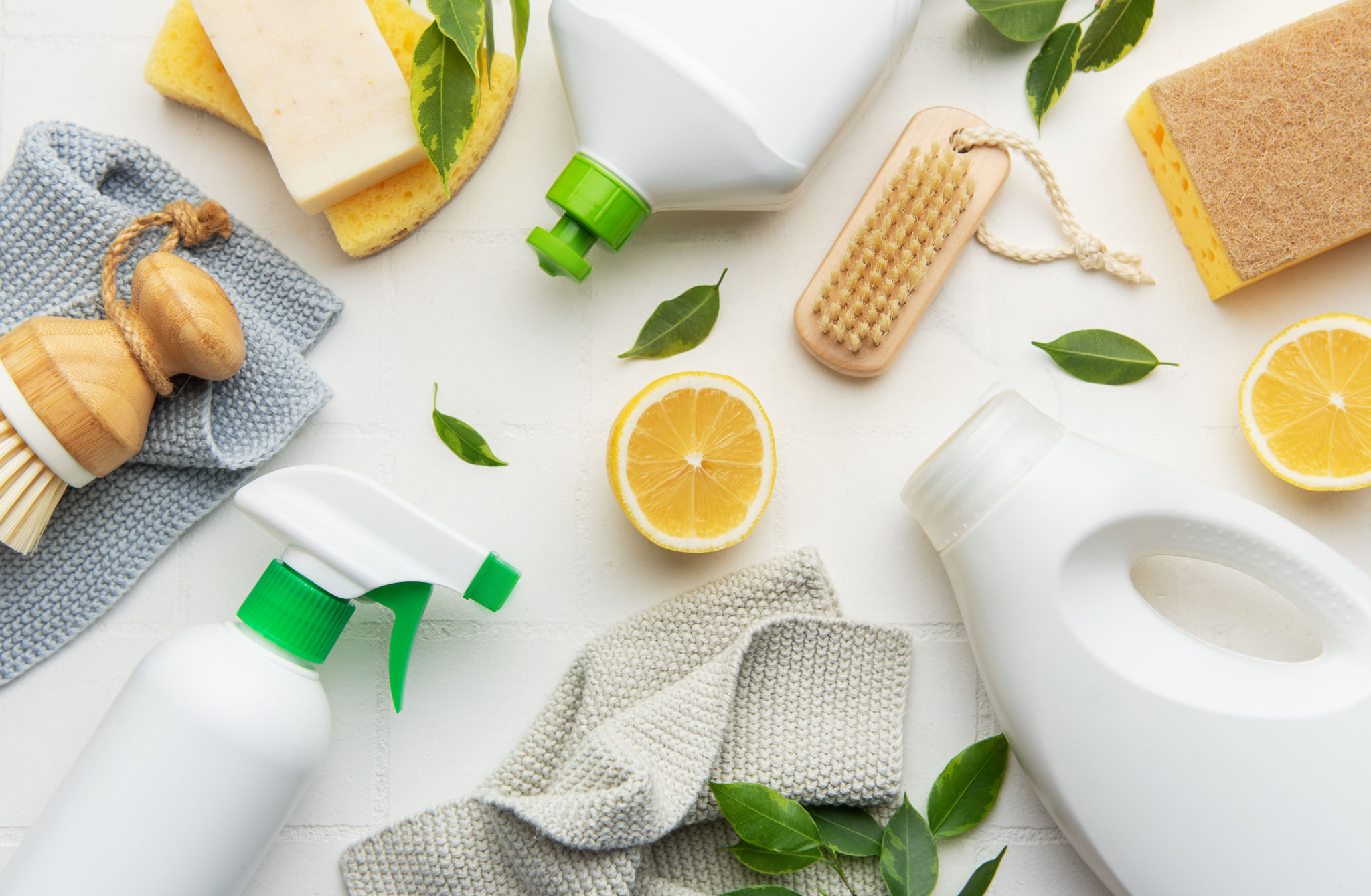Common Misconceptions About Pressure Washing Debunked
Understanding Pressure Washing
Pressure washing is a popular cleaning method that involves using a high-pressure water spray to remove dirt, grime, mold, and other unwanted substances from surfaces. Despite its widespread use, there are several misconceptions about pressure washing that can lead to confusion and misuse. In this article, we will debunk some of these common myths to help you better understand this effective cleaning technique.

Myth 1: Pressure Washing is Suitable for All Surfaces
A common misconception is that pressure washing can be used on any surface. While it is true that pressure washing is versatile, it is not suitable for every material. Delicate surfaces such as wood siding, shingles, and some types of stone can be damaged by high-pressure water. It's important to adjust the pressure settings and use appropriate nozzles for different surfaces to prevent damage.
Choosing the Right Pressure Level
When pressure washing, always assess the surface material first. For instance, concrete driveways can withstand higher pressures, whereas wooden decks require a gentler approach. Using the correct pressure level not only ensures effective cleaning but also prolongs the life of the surfaces being cleaned.
Myth 2: Pressure Washing is the Same as Power Washing
Many people use the terms "pressure washing" and "power washing" interchangeably, but they are not the same. The key difference lies in the temperature of the water. Power washing uses heated water, which can be more effective in removing tough stains and substances like oil and grease. Pressure washing, on the other hand, relies solely on the force of the water and is better suited for general cleaning tasks.

Myth 3: Pressure Washing is Environmentally Harmful
Another misconception is that pressure washing is detrimental to the environment. While it is true that improper use can lead to environmental harm, such as water wastage and chemical runoff, responsible practices can mitigate these effects. Many pressure washers are designed to use water efficiently, and biodegradable detergents can be used to minimize environmental impact.
Eco-Friendly Pressure Washing Practices
To make pressure washing more environmentally friendly, consider using water reclamation systems to capture and reuse water. Additionally, always follow local regulations regarding wastewater disposal to avoid contaminating nearby bodies of water.

Myth 4: Pressure Washing is Easy and Requires No Skill
Some believe that pressure washing is a simple task that anyone can perform. However, effective pressure washing requires a certain level of skill and knowledge. Understanding how to adjust pressure settings, select appropriate nozzles, and maneuver the equipment safely is crucial to achieving the best results without causing damage or injury.
Learning Pressure Washing Techniques
If you're new to pressure washing, consider taking a course or watching instructional videos to learn proper techniques. Hiring a professional may also be a wise choice for particularly challenging tasks or valuable surfaces that require special care.
In conclusion, pressure washing is a powerful cleaning method when used correctly. By debunking these common misconceptions, we hope you feel more confident in utilizing this technique safely and effectively on various surfaces around your home or business.
